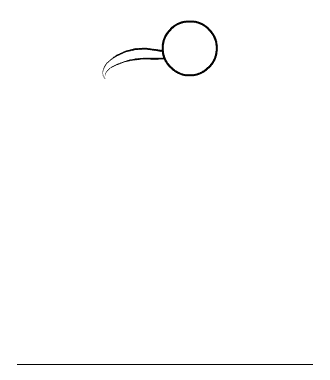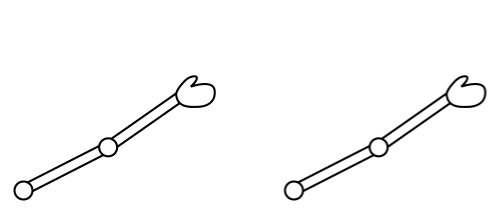8. Follow through and overlapping action
Follow through and overlapping action are two separate kinds of movement, but they work in conjunction to create more realistic animations. To exemplify these principles, let’s think about a character with a tail. When the character stops moving, its tail doesn’t stop at the same time. It drags and keeps moving for a little while until it comes to a full stop. This movement is called follow through, and it is used when animating anything that is affected by physics. In a character it can be anything from its arms and legs to its clothing and hair. Follow through is used to give a more natural feel to a character’s movement in a scene.

In the same way that limbs, hair and clothing don’t come to a full stop all together, they also don’t start moving at the same time or move at the same speed. The act of animating parts of the same character with different timing and speed is called overlapping action. Here is an example:

On the left, every part of the arm moves at the same time. On the left the arm, forearm and hand all move with slightly different timing and speed. This gives a much more fluid and natural movement to the arm.